In this intriguing and idiosyncratic book, which aims to present ‘a new history of queer culture and identity over the past 125 years’, Diarmuid Hester recalls how he went to look at E.M. Forster’s former sitting room in King’s College, Cambridge. This once ‘intimate space’, filled with possessions accumulated over a long life, in which Forster wrote and entertained many notable guests from 1946 to his death in 1970, had been repurposed as the college’s ‘grad suite’, filled with battered furniture from Ikea, a football table and a television set. The only remnant of Forster’s residency was a large mantelpiece designed by the writer’s father.
In his search for queer places and what they meant to individuals and the wider community, Hester experiences other disappointments. Someone who now occupies the former house in Jersey of the surrealist photographer Claude Cahun ‘seems affronted’ by Hester’s interest in the property, while the remaining walls of James Baldwin’s 300-year-old farmhouse at Saint-Paul-de-Vence have been absorbed into a modern housing complex that can only be viewed through an imposing steel gate. An attempt to maintain the cluttered Lower East Side apartment of the underground film-maker Jack Smith as a museum was thwarted because, after a long legal battle, everything passed to his estranged and disapproving sister, who sold it all off to a gallery.
Although Hester doesn’t mention it, Forster had never wanted his room to become a place of pilgrimage. In a letter written a few weeks after the writer’s death, the college’s provost wrote: ‘There can be no intention of turning Morgan’s room into any kind of antiquarian “shrine”. He himself took care that this would not happen. All the pictures and personal oddments in the room have been left to individual friends.’ Even the mantelpiece was on offer to the V&A, who presumably refused it. The important thing about these queer spaces, however, is not their survival but the fact that they existed at all. They provide Hester with a novel way of considering the life and work of his subjects, tying them less to the times in which they lived than to places that, in their very different ways, they either created or escaped to.
He starts and finishes at Derek Jarman’s Prospect Cottage on the shingle at Dungeness, the one site in the book that has in fact been preserved as a shrine to its former occupant. In between he ranges far and wide in pursuit of his subjects. At the beginning of the 20th century, when the woman’s place was generally deemed to be in the home, the lesbian actor and suffragist Vera Holme invaded the traditionally male spaces of London’s streets. She also adopted male attire: astride a horse leading delegations to Parliament, or in full chauffeur’s livery driving the Pankhursts’ car, she was a striking and highly visible queer figure in the capital.
Claude Cahun, who was challenging gender identity way back in the 1930s by insisting that she was neither masculine nor feminine, found her adopted country of Jersey particularly sympathetic because, Hester suggests, it is somewhere that is ‘between England and France, that’s neither in England nor in France’. The bisexual Josephine Baker, born dirt poor and disadvantaged in America because of her colour, discovered in Jazz Age Paris a city that embraced her and didn’t give two hoots about her race or who she slept with. The exotically furnished homes she created there mirrored her exuberant character.
Paris was also where James Baldwin came in 1948, hoping, like Baker before him, that his race and sexuality would become less of an issue, and it was here that he wrote his second novel, Giovanni’s Room, in which the protagonist is both white and gay. For Hester it is significant that the room of the book’s title drives the two lovers apart, since Baldwin was prevented by his sexual desires and his sexual shame from ever settling down: ‘He fled from fixity as he fled from his home, from Harlem, from all the claustrophobic little rooms he found with the windows shut, which prevented his escape.’ Whereas Baldwin never believed that sexuality ‘should be the basis for a community’, in San Francisco the writer Kevin Killian’s ‘life and work were dedicated to using spaces – online, offline, literary – to bring people together and cultivate a sense of belonging among them’.
There have been other books about the way gay men have inhabited their own spaces – notably John Potvin’s Bachelors of a Different Sort and Matt Cook’s Queer Domesticities, both published in 2014 – but Hester’s book not only embraces many kinds of sexual difference but is unashamedly personal. He places himself and the journeys he has undertaken at the centre of his narrative, drawing many parallels between his own experiences and those he writes about. This approach will not suit all tastes, but it makes for a very lively and readable book that shows the ways in which outsiders have created interfaces, of variable permeability, with the society in which they lived.
Got something to add? Join the discussion and comment below.
Get 10 issues for just $10
Subscribe to The Spectator Australia today for the next 10 magazine issues, plus full online access, for just $10.
You might disagree with half of it, but you’ll enjoy reading all of it. Try your first month for free, then just $2 a week for the remainder of your first year.

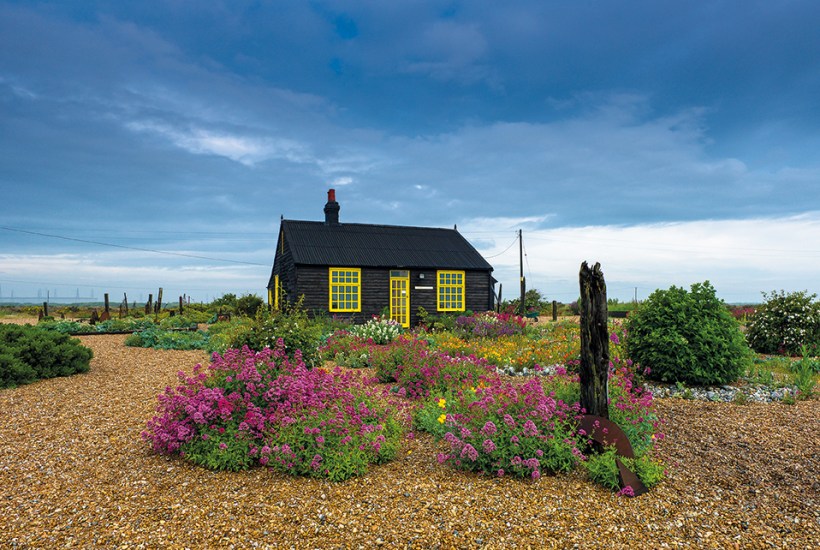
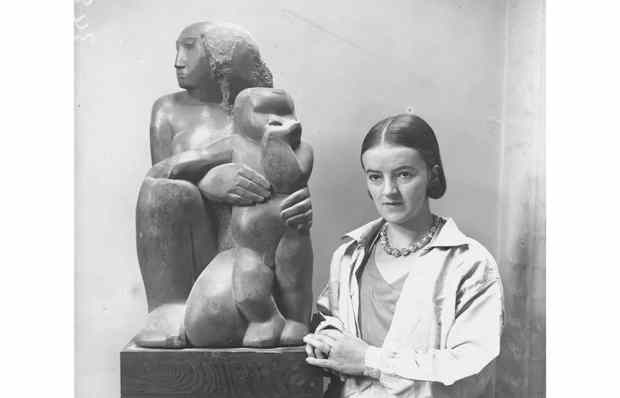
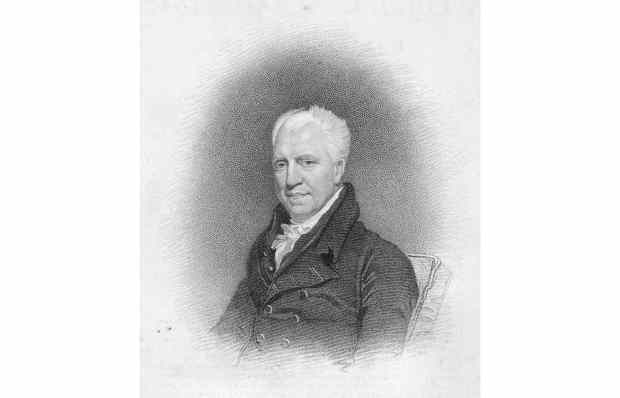

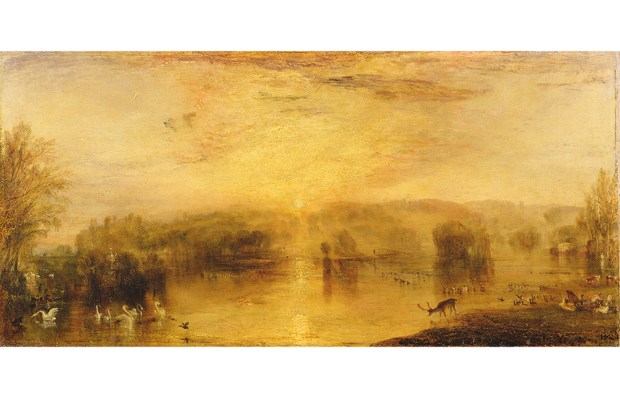
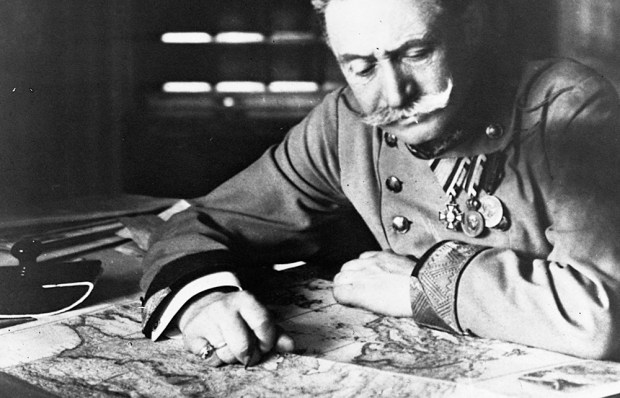







Comments
Don't miss out
Join the conversation with other Spectator Australia readers. Subscribe to leave a comment.
SUBSCRIBEAlready a subscriber? Log in